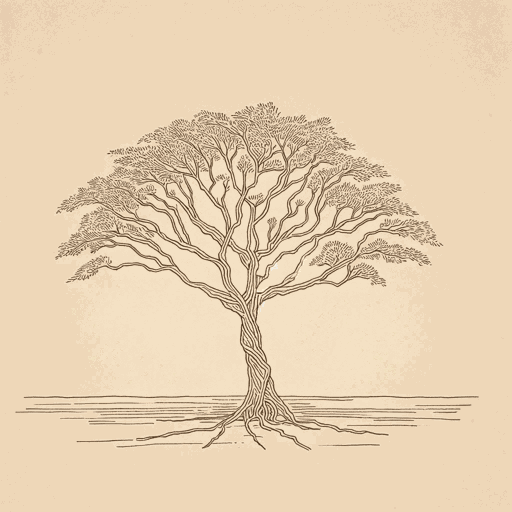19 pages • 38 minutes read
Countee CullenFor A Poet
Fiction | Poem | Adult | Published in 1929A modern alternative to SparkNotes and CliffsNotes, SuperSummary offers high-quality Study Guides with detailed chapter summaries and analysis of major themes, characters, and more.
Background
Historical/Literary Context
The flowering of Countee Cullen’s poetry coincided with the high-water mark of the Harlem Renaissance, the first major movement to arise out of the African American arts community. The Harlem Renaissance was bolstered by the shifting dynamics of the New York neighborhood during the Great Migration of the 1920s, when African American laborers from the South moved northward in search of economic opportunities and wider cultural acceptance. More than 170,000 African Americans had settled in Harlem by 1920, and this led to a burgeoning community of artists and intellectuals who were tasked with finding their place in a contemporary African American milieu—including vital Harlem Renaissance poets such as Langston Hughes, Claude McKay, Jean Toomer, and Georgia Douglas Johnson. By 1930, Harlem was the largest, densest Black metropolitan population in America and had fostered the first flowering of a Black urban consciousness in American history, one that was driven by both comfort and discontent.
Cullen was present at what is considered the beginning of the literary aspect of the Harlem Renaissance, a 1920 dinner at the Civic Club that celebrated African American writers. This afforded Cullen, and other intellectual leaders like W. E. B. DuBois, the chance to socialize with members of the white literary establishment, which in turn led to opportunities of publication for white readership.
Related Titles
By Countee Cullen




